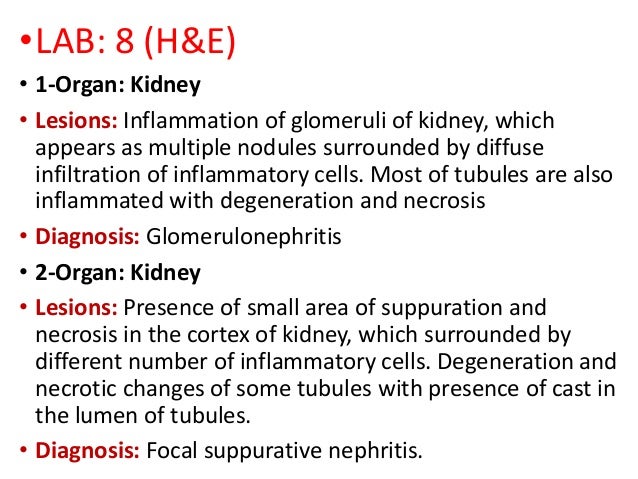


Although the majority of pathologists recognize the importance of vascular invasion in the diagnosis of malignancy in thyroid follicular lesions, several reports have suggested that angioinvasion is not a predictor of bad prognosis in thyroid carcinomas. 7, 9 Among the histopathological parameters, vascular invasion has been reported as an important and independent prognosticator in many other head and neck cancers. 5, 6, 7, 8 Current risk stratification schemes used in the management of patients with well-differentiated thyroid carcinoma do not adequately incorporate the prognostic implications of detailed pathological features such as vascular invasion, mitoses, tumor cell necrosis, extra-thyroidal extension, histological subtypes and the molecular biological profile of the primary tumor. 1, 2, 3, 4 There are many controversies involving the diagnostic criteria, treatment and follow-up assessment of well-differentiated thyroid carcinoma that usually has an indolent biological course. The diagnosis of well-differentiated thyroid carcinoma is based on the presence of diagnostic nuclear features of papillary thyroid carcinoma or capsular and/or vascular invasion by a follicular epithelial neoplasm. Our results indicate that the application of rigid criteria for vascular invasion provide a clinically relevant prediction of distant metastasis in patients with thyroid carcinomas, especially in well-differentiated thyroid carcinomas. When using the rigid criteria, ∼1/3 of angioinvasive well-differentiated thyroid carcinomas and 1/2 of angioinvasive poorly differentiated thyroid carcinomas developed distant metastases at a mean 5.3 years of follow-up.

Of these, 35% developed distant metastases. Follow-up information was available for 98 patients. These features were identified in 118 (3%) lesions.
PATHOLOGICAL DEFINITION SERIES
We then reviewed retrospectively the clinicopathological features of a series of 4000 thyroid carcinomas of follicular epithelial derivation to identify the features and significance of the most rigid criteria of vascular invasion: tumor cells invading through a vessel wall and thrombus adherent to intravascular tumor. We carried out a study of a potential cause of artefactual vascular invasion in a series of autopsy thyroids and established the morphology of mimics of angioinvasion. We suggest that the criteria for diagnosing angioinvasion in thyroid carcinomas as well as in other endocrine tumors are inconsistent and the controversy may be attributed to application of inappropriate criteria. The majority of pathologists recognize the importance of vascular invasion as a diagnostic marker of malignancy in follicular lesions of thyroid however, several reports have suggested that angioinvasion is not a predictor of bad prognosis in thyroid carcinomas. Vascular invasion has been identified as an important and independent prognosticator in many cancers. There are many controversies involving the diagnostic criteria and treatment of well-differentiated thyroid carcinoma.


 0 kommentar(er)
0 kommentar(er)
